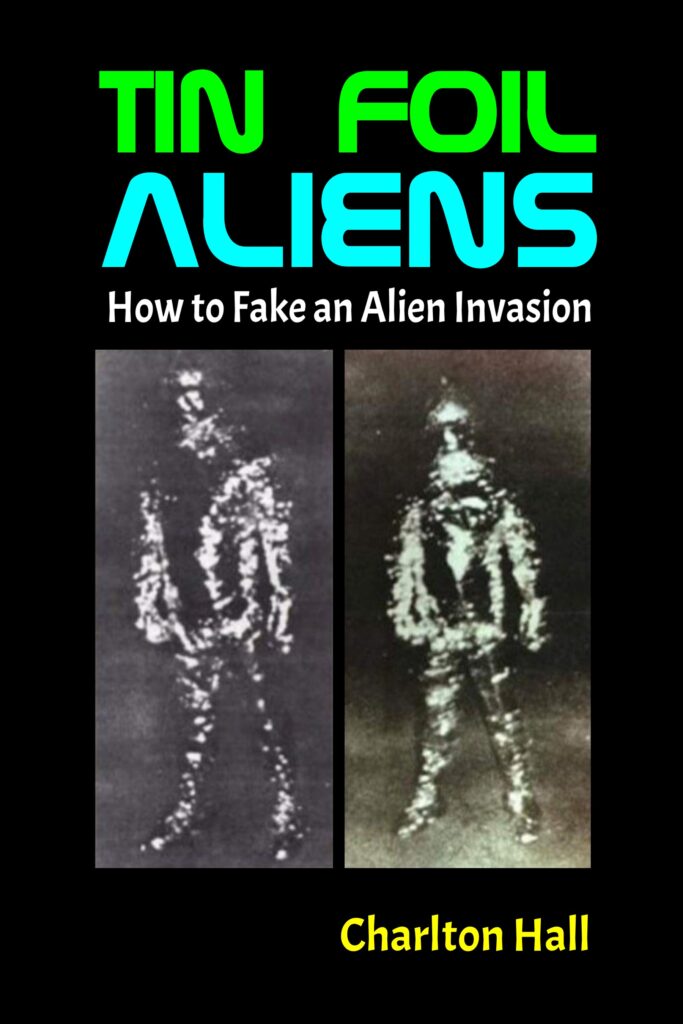
I am a retired psychotherapist and author. I have been engaged in research into psychotherapy and parapsychology for most of my professional life and have had a lifelong interest in paranormal topics after having my own encounters.
I call myself a “hopeful skeptic” in that I have had personal experiences I can’t explain easily, but I also distinguish between what I would like to believe and what I can demonstrate to be true. I focus on the difference between making the claim that paranormal events do not exist and withholding personal judgment until convincing evidence has been presented.
My approach is to present all the evidence that I can find on both sides of an issue and let the readers decide for themselves. Belief exists on a spectrum. We all have different criteria for what constitutes convincing evidence and I try to take this into consideration in my studies and in my writing.
Learn more about my writing here!
Chuck’s Latest Book…
TIN FOIL ALIENS: How to Fake an Alien Invasion
In the 1970s a group of mischievous teenagers with an interest in science fiction and magic tricks decided to play a few pranks. This eventually got out of hand, starting the northeast Alabama UFO ‘flap’ of the 1970s.
This is their story…
This book is in two parts. The first part is the story of how a group of my friends and I faked several UFOs and alien encounters in the early 1970s. One of these hoaxes included the now infamous “Tin Foil Alien” also known as the “Alabama Metal Man.”
The second part of this book delves into the psychology of hoaxes and conspiracy theories like alien abductions and close encounters. Part II reviews the study of extraterrestrial life and discuss how understanding the science can help us avoid being taken in by dubious claims of alien encounters. We’ll look at some common myths surrounding the UFO phenomenon and how to debunk them by analyzing the evidence. We’ll also look into the psychology of conspiracies and why some people are more prone to believing in them.
We’ll even look at some popular UFO phenomena that later turned out to be hoaxes. Did you fall victim to any of these?
Sensationalism is often used by tricksters to get you to buy into their claims, so we’ll also examine the characteristics of responsible reporting to keep you from getting taken in by misinformation in the media.
We end our journey together with an epilog called How to Spot a Hoax in 1O in Ten Steps. This chapter is designed to be a quick and handy reference for those investigating any unexplained phenomena.
It was a pleasure reminiscing about my youth as a prankster while writing this book. If it is half as entertaining for you reading it as it was for me writing it, I will have achieved my goal as its author.

